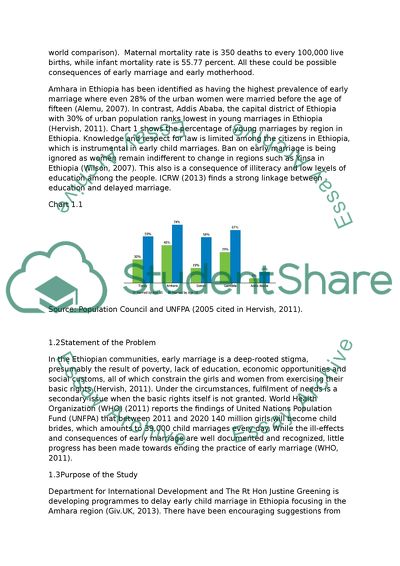Cite this document
(Early Arranged Marriage in Ethiopia Research Paper Example | Topics and Well Written Essays - 5000 words, n.d.)
Early Arranged Marriage in Ethiopia Research Paper Example | Topics and Well Written Essays - 5000 words. https://studentshare.org/sociology/1861935-early-arranged-marriage-in-ethiopia
Early Arranged Marriage in Ethiopia Research Paper Example | Topics and Well Written Essays - 5000 words. https://studentshare.org/sociology/1861935-early-arranged-marriage-in-ethiopia
(Early Arranged Marriage in Ethiopia Research Paper Example | Topics and Well Written Essays - 5000 Words)
Early Arranged Marriage in Ethiopia Research Paper Example | Topics and Well Written Essays - 5000 Words. https://studentshare.org/sociology/1861935-early-arranged-marriage-in-ethiopia.
Early Arranged Marriage in Ethiopia Research Paper Example | Topics and Well Written Essays - 5000 Words. https://studentshare.org/sociology/1861935-early-arranged-marriage-in-ethiopia.
“Early Arranged Marriage in Ethiopia Research Paper Example | Topics and Well Written Essays - 5000 Words”. https://studentshare.org/sociology/1861935-early-arranged-marriage-in-ethiopia.


